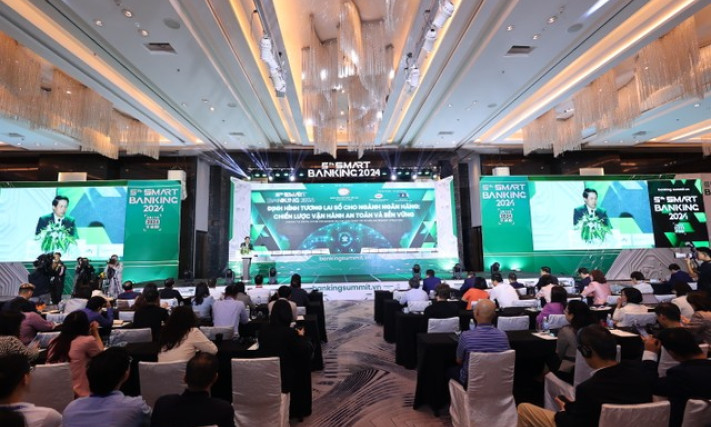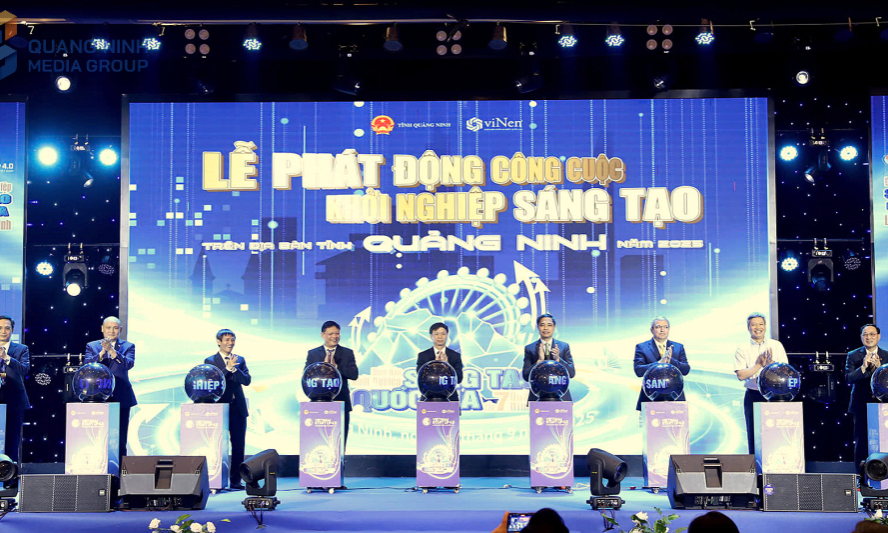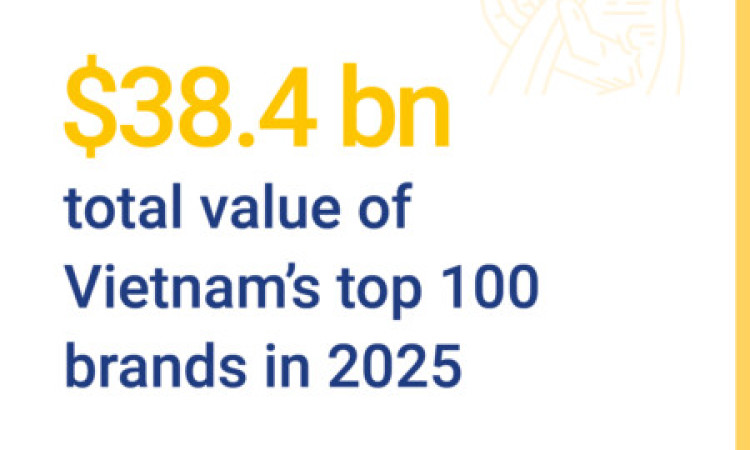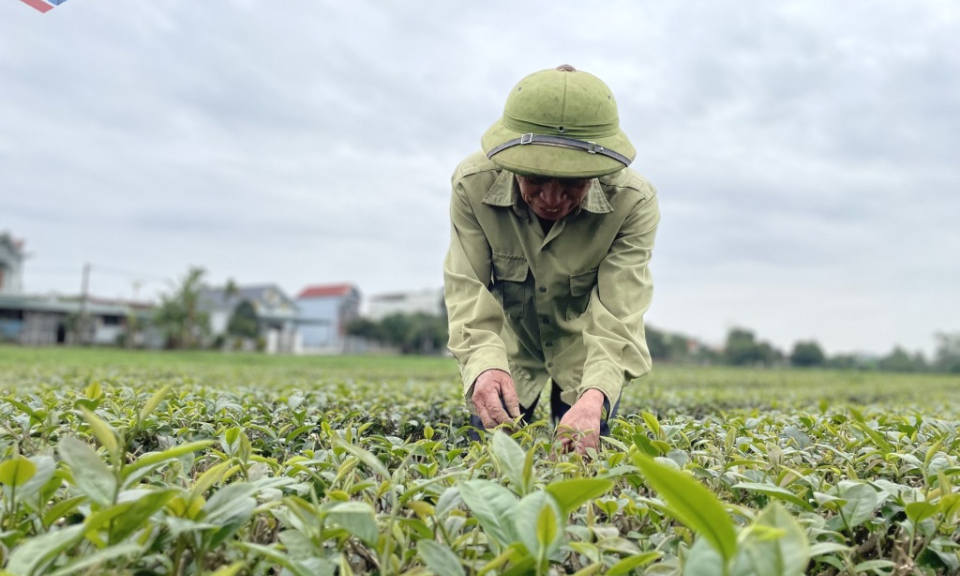Việt Nam faces both opportunities and challenges amid changes in global FDI flow
Deputy Director of the Việt Nam Institute of Economics Lê Xuân Sang spoke to Vietnam News Agency about the opportunities and challenges facing Việt Nam in attracting foreign direct investment (FDI).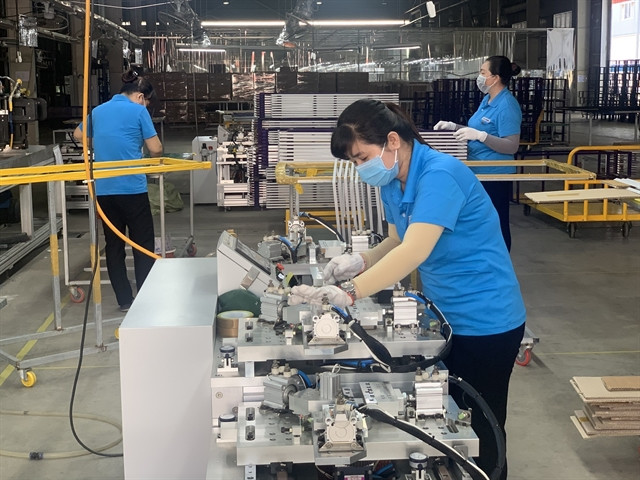
For the first time, Việt Nam is among the top 20 countries attracting the most foreign direct investment (FDI) capital in the world, according to World Investment Report 2021 by the United Nations Conference on Trade and Development (UNCTAD).
Deputy Director of the Việt Nam Institute of Economics Lê Xuân Sang spoke to Vietnam News Agency about the opportunities and challenges facing Việt Nam in attracting foreign direct investment (FDI).
Seeing the country’s advantages, investors are placing trust in Việt Nam as part of the global supply chain. In the context of the COVID-19 pandemic and the shift of global supply chains, is there a trend of shifting the flow of foreign investment?
In recent years, the trend of FDI capital flow has changed significantly. Under the influence of important global factors, the US-China trade war, the COVID-19 pandemic, and the energy crisis, especially the conflict between Russia and Ukraine, global FDI flow has been changing a lot.
First of all, FDI has also changed slightly in quantity, FDI mainly inflows into sustainable development areas like renewable energy and green growth FDI projects.
The second group that is also quite important and has taken over recently is the digital economy.
It can be seen that the trend of FDI towards sustainable development has been formed before.
However, under the impact of climate change as well as the conflict between Russia and Ukraine, this trend may face difficulties and become increasingly impacted from 2022.
In addition, FDI in the field of sustainable development also has unfavourable trends. For example, with FDI projects on wind power, when finished, the electricity is too weak. Other projects such as solar power are affected by insufficient sunlight.
The conflict between Russia and Ukraine has made this worse and many countries have had to switch from renewable energy to coal, which is harmful to the environment.
Regarding the digital economy group, the COVID-19 pandemic has had a far-reaching impact on this sector.
The US-China trade dispute as well as the impacts of the recent COVID pandemic also caused supply chain disruptions, especially related to the semiconductor chip sector.
Businesses move from global trends to repositioning investment positions, moving to the consuming markets, the electronics sector to the US and Europe (EU).
In terms of territories, Asia-Pacific remains the largest FDI recipient region and India has surpassed China to become the largest FDI recipient for the first time. Because China has suffered a negative impact from the COVID-19 pandemic and maintains a zero COVID strategy, the disruption of the global supply chain has aggravated the problem, causing low FDI attraction.
What do you think about the opportunities and challenges of Việt Nam in attracting investment flow?
Before looking at the opportunities and challenges, we must know that there are main driving forces that make FDI flow into a country. The first driving force is FDI capital goes to improve investment efficiency as domestic conditions are no longer effective. The second driving force is to exploit the existing market. The third is to exploit resources or get strategic assets. FDI in Việt Nam belongs to the first two types.
Việt Nam with a population of more than 92 million has a relatively young population. It is the only country with a large population participating in 16 Free Trade Agreements (FTAs). This helps to attract FDI into the country, and at the same time, investors can dominate the global market, especially under the positive impact of the new generation FTAs.
Việt Nam mainly has relatively cheap labour and real estate, which create many favourable conditions for foreign investment. Besides, Việt Nam's political and economic environment and geo-economic position are quite favourable.
Việt Nam is located in the dynamic Asia-Pacific region, close to the large Chinese market and especially the logistics transport is not interrupted.
In the short term, the advantages for Việt Nam to attract FDI are still cheap labour and land rent. But in the long term, it has disadvantages including insufficient infrastructure compared with other countries in the region, and the quality of human resources remains low, especially for domestic enterprises. Additionally, its supporting industry is not developed enough for FDI enterprises to improve efficiency as well as increase initiative when economic shocks or regional/global geopolitical conflicts happen.
Many experts believe that the connection between domestic and foreign enterprises in Việt Nam is still limited. Currently, few Vietnamese enterprises can participate in the global value chain. In your opinion, what is the solution?
A shortcoming is that domestic enterprises are still weak in meeting the needs of FDI enterprises. The first weakness is uncompetitive price, the second weakness is that quality is not high and the third is the ability to deliver on time. In addition, Việt Nam's supporting industry is still weak.
Finally, Việt Nam has not yet designed groups of policies and mechanisms to promote linkages between domestic enterprises and FDI enterprises.
How do we adjust policies to attract foreign investment?
The fundamental adjustment is what Việt Nam has done but it has not worked effectively. We need policies to improve the quality of human resources. Many localities with good-quality human resources will help attract FDI.

